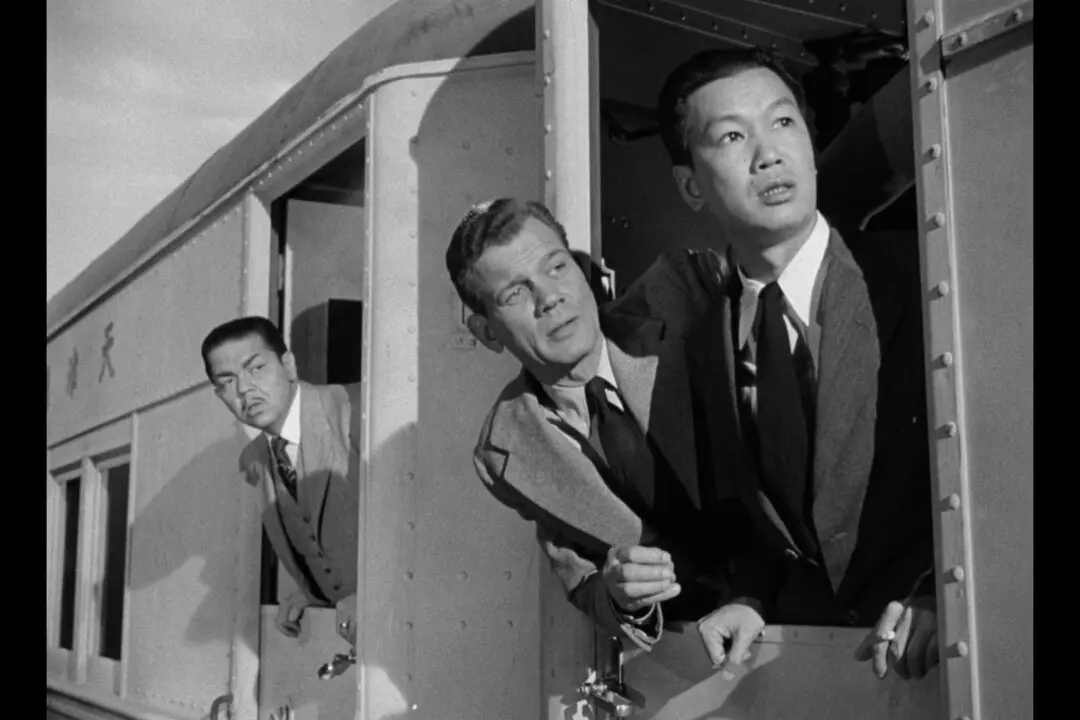NR | 2 h 33 min | Drama | 1956
Tom Rath (Gregory Peck), wife Betsy (Jennifer Jones), and their three children get by on his barely adequate mid-20th-century salary. Betsy’s hankering after a higher quality of life, and his brief but decisive wartime extramarital affair claw at him, triggering a spiral of regret and recrimination. They also trigger his second thoughts about the personal and professional crossroads he faces in his new public relations job, reporting to UBC Broadcasting’s president, Ralph Hopkins (Frederic March).




